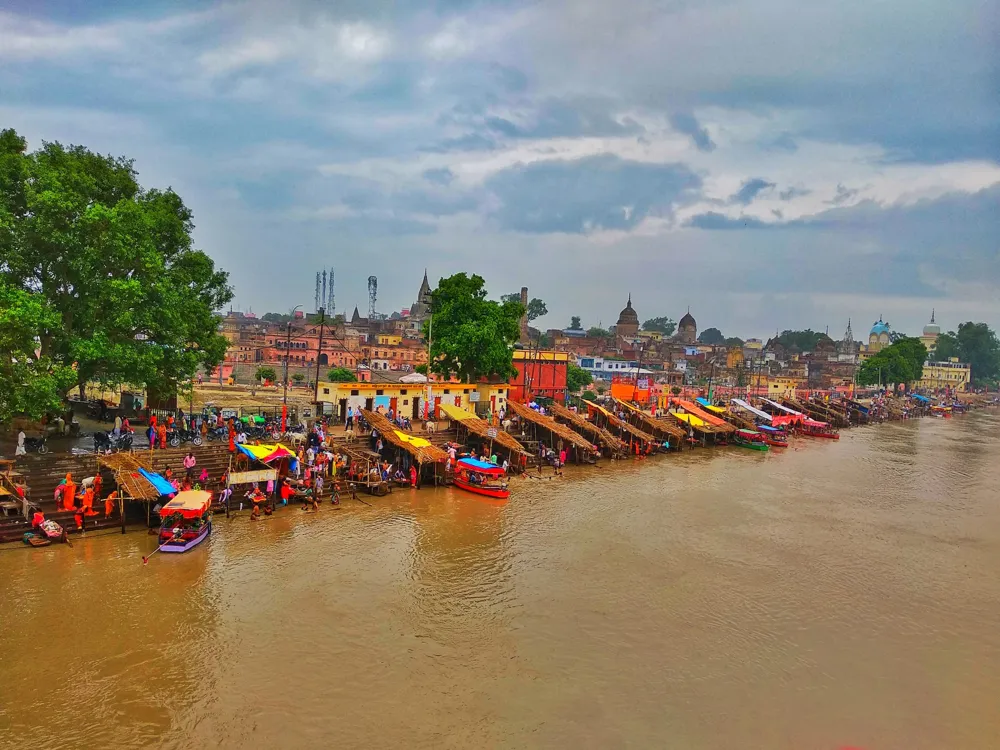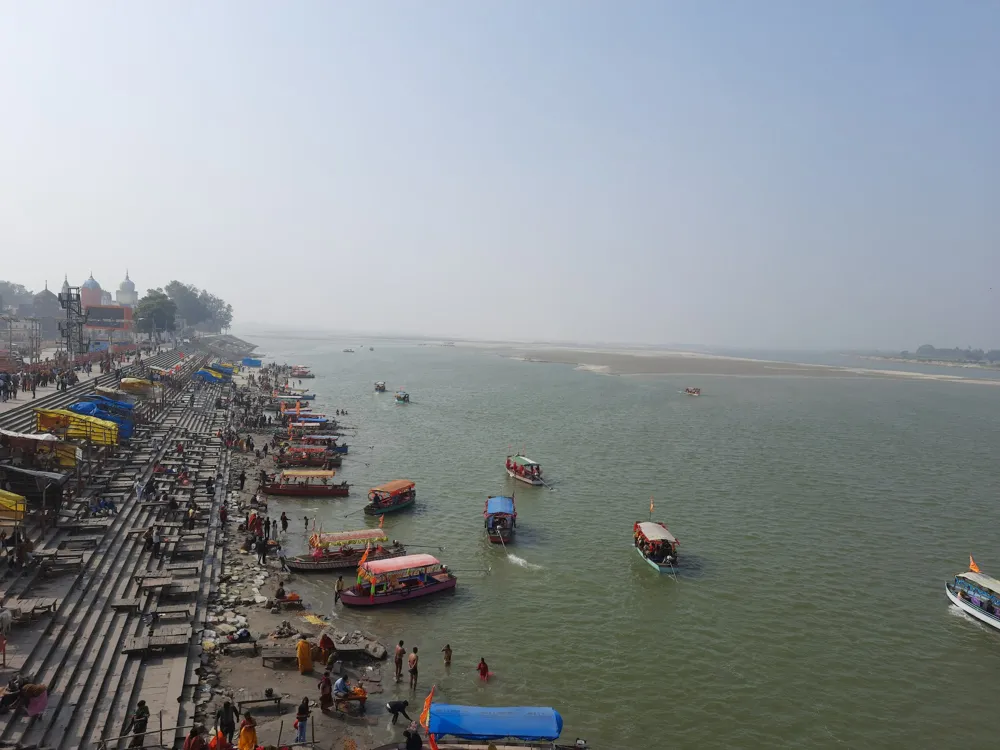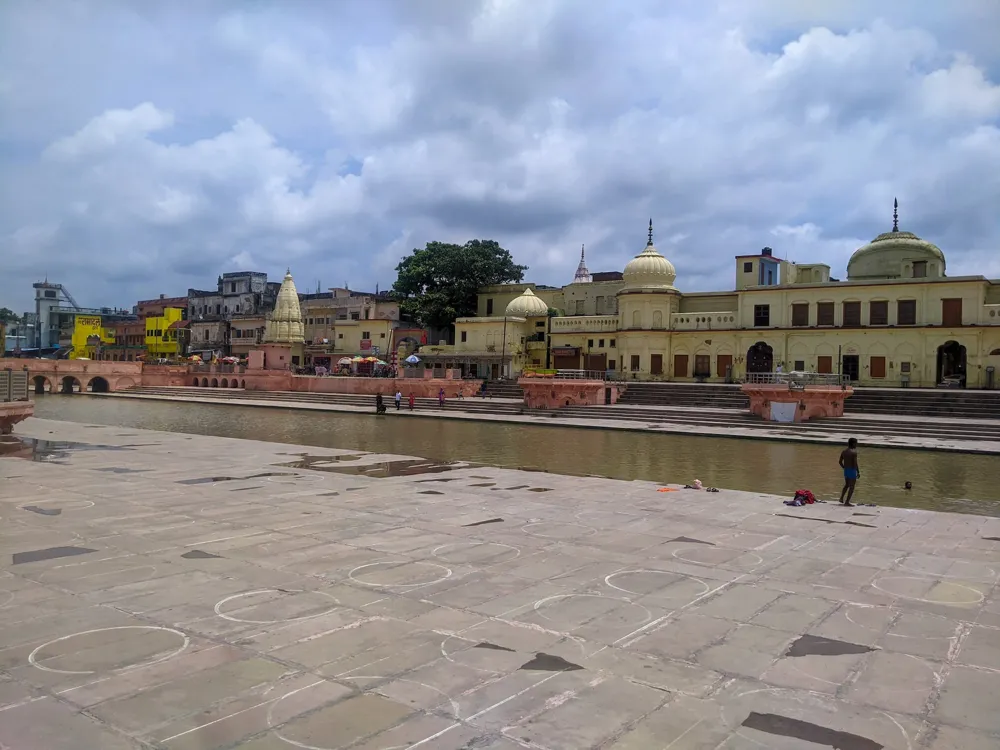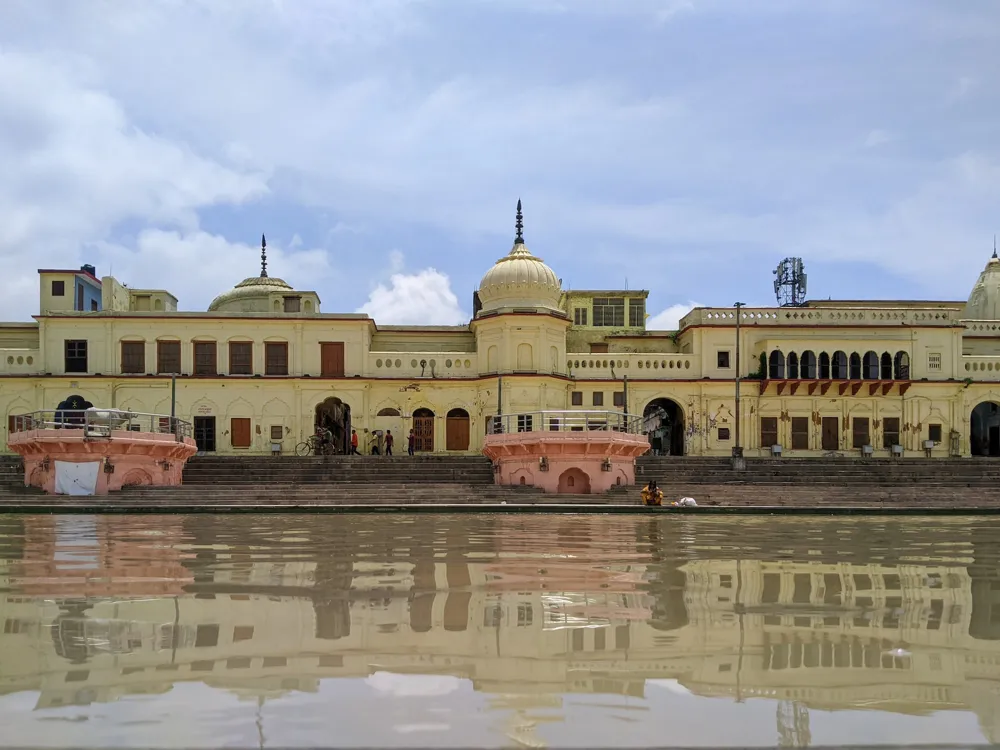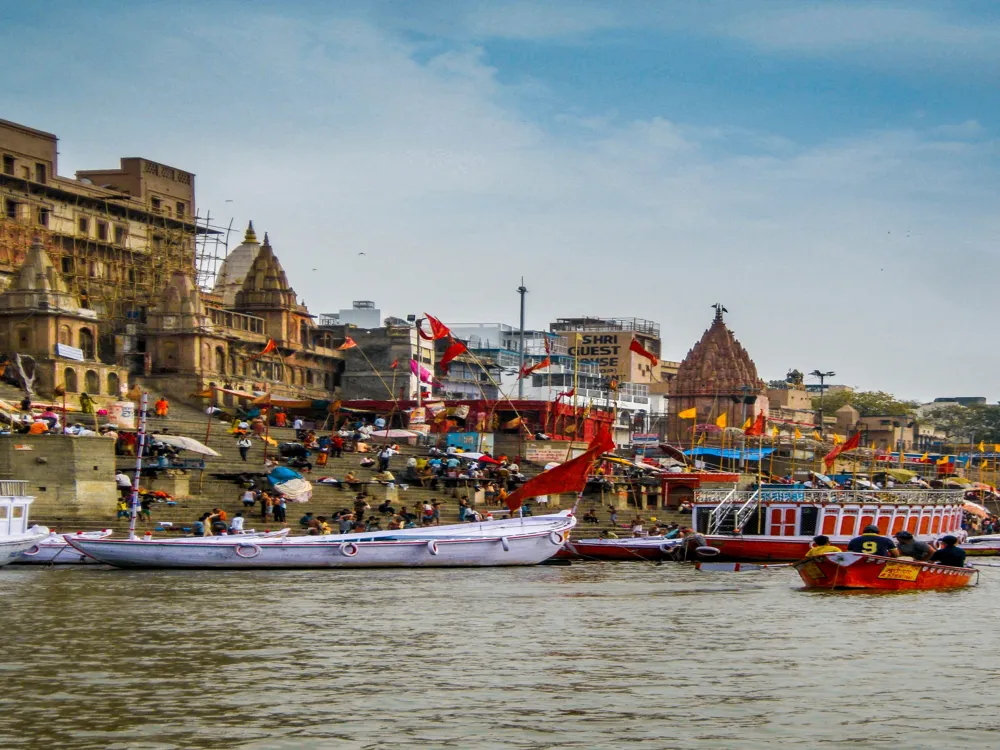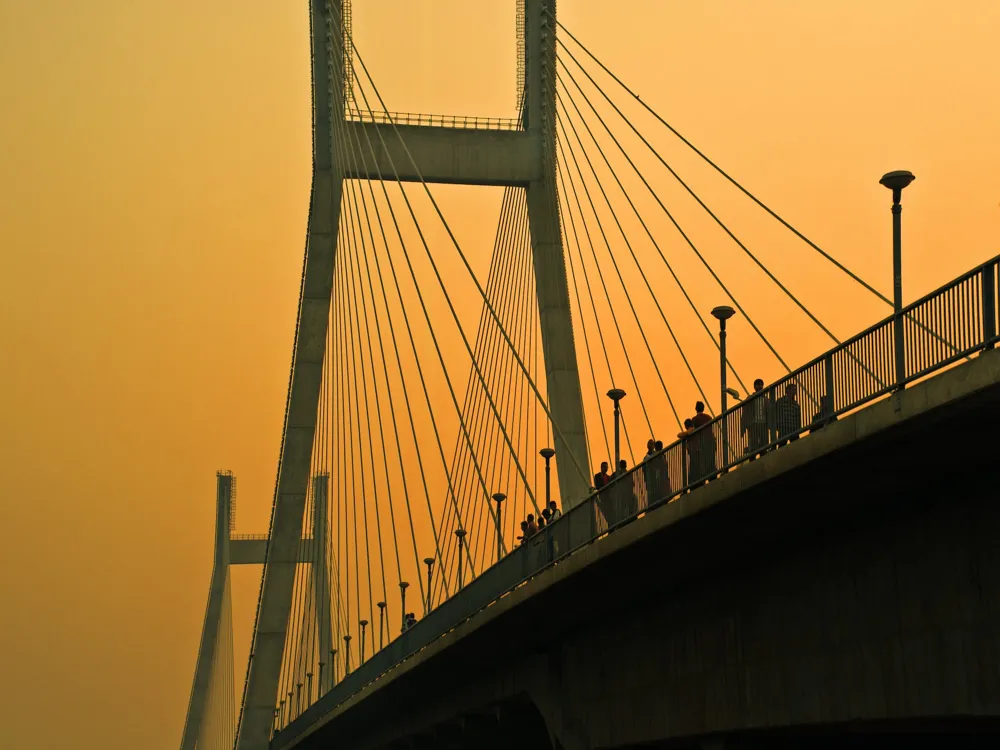Plan Your Travel To Ayodhya
Places To Visit In Ayodhya
Raja Mandir
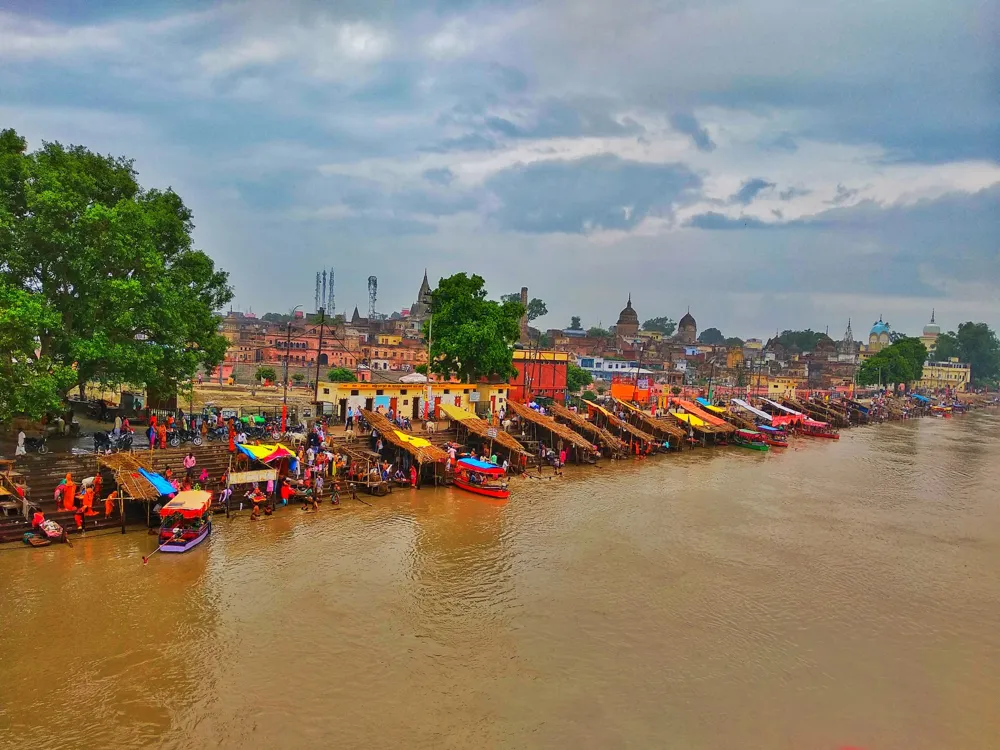
Located on the banks of river Ghaggar (Sarayu) in Guptar Ghar, Raja Mandir in Faizabad has been associated with numerous mythological stories time and again. The temple houses stunningly carved idols of many Hindu Gods and Goddess, which are ornamentally clad in silken fabrics and rich jewellery.
The exquisite construction of the temple reflects the brilliance of Hindu architecture. Once known for its association with Lord Sri Ram, the ruler of Ayodhya; the shrine is now a regular temple with statues of numerous deities.The location of Raja Mandir just on the brink of the river makes a mesmerising reflection of the shrine in the waters which is a beholding sight for the eyes. The umpteen devotees who throng the place all year round, also believe that a dip in the holy waters of the river can cleanse their souls of all sins.
Read More
Ram Janmabhoomi
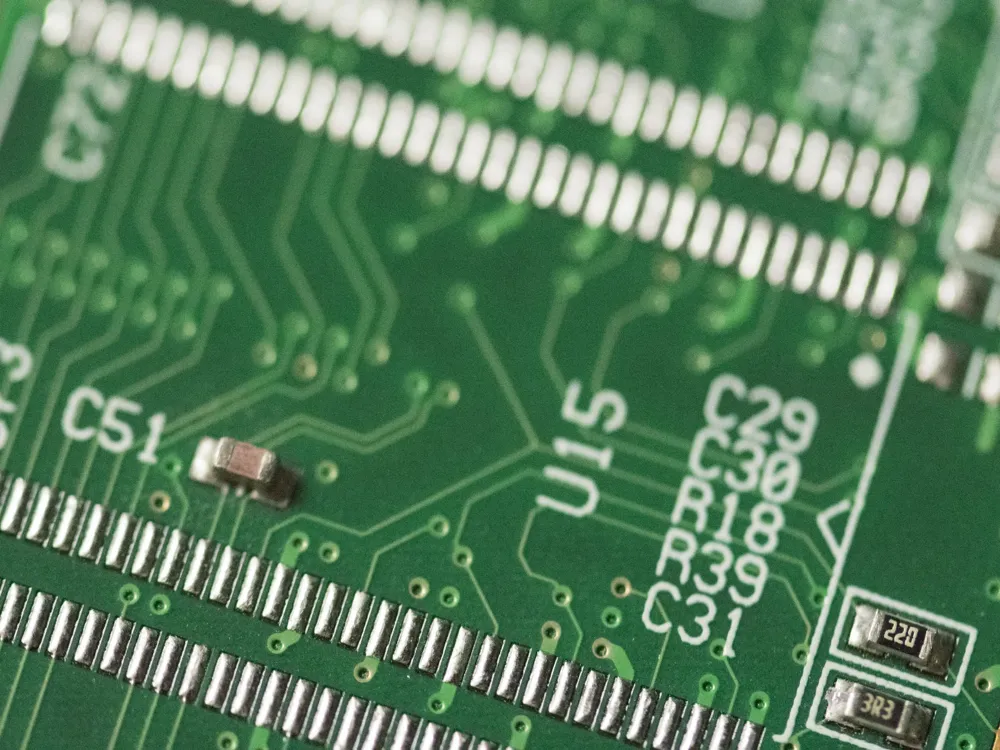
Translating to Ram's Birthplace, the Ram Janmabhoomi is believed to have been the birthplace of the Hindu deity, Lord Ram. According to the Indian epic Ramayan, Ram, Lord Vishnu's seventh manifestation, is said to have grown up along Ayodhya's river Sarayu. The Ram Janmabhoomi is a highly revered site for Hindu devotees.
After being a conflicted site for decades, the Ram Janmabhoomi land was handed over to a trust by the Supreme Court of India to build the Ram Temple. The groundbreaking ceremony for laying of the foundation stone for the Ram Temple of Ayodhya was performed on 5 August 2020 by Prime Minister Narendra Modi. The proposed design of the temple is grand and magnificent.The Ram Janmabhoomi site is where the famous Babri Masjid once stood. It is believed that the Mughals demolished a Hindu shrine to built this mosque at the birthplace of Lord Ram. In 1992, a group of Hindu nationalists tore down the Babri Masjid which led to a series of violent riot across India. In October 2019, a bench of five judges of the Supreme Court ordered the land to be handed over to a trust to build the Ram Temple. An alternate 5 acres of land was also given to the Sunni Waqf Board to built a mosque.
Read More
Ram Katha Park
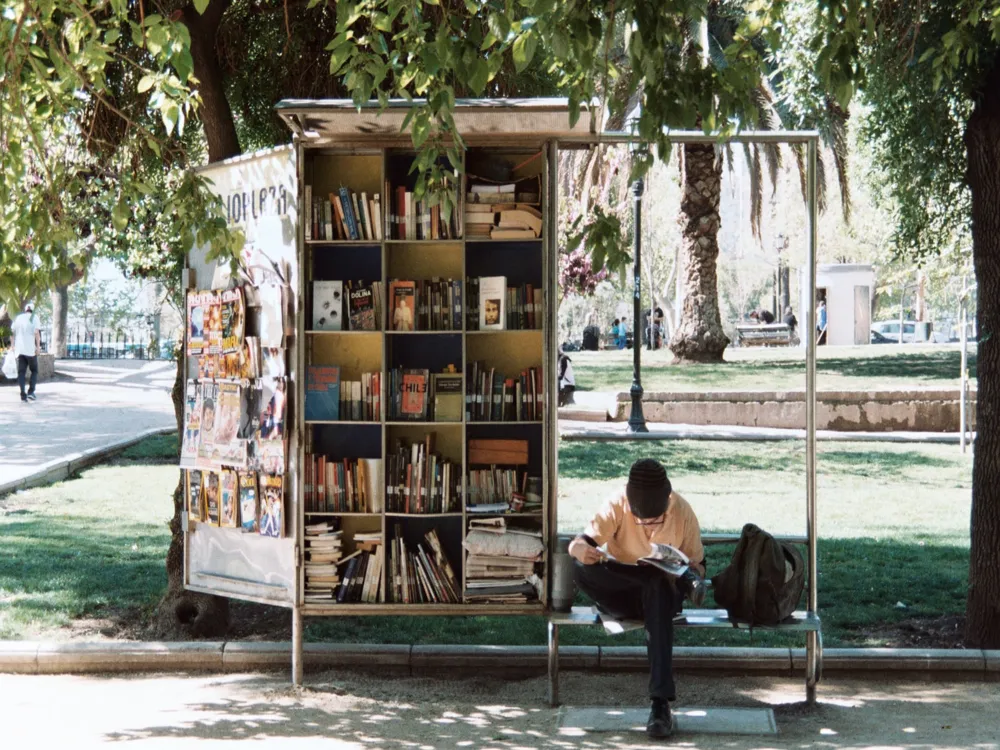
Ram Katha Park is a beautiful park in Ayodhya, housing open-air theatres and well-kept lawns. Spread over a vast area of land, it is a popular venue for the devotional programmes, cultural performances, religious events, dance, poetry and katha recital sessions.
On evenings, which are free of any occasions, Ram Katha Park is used as a playground for kids or a leisure garden for adults. It also promotes both cultural and pop events and encourages national as well as international artists to showcase their talents. It has become a common favourite as the airy amphitheatre is a respite from the crowded and the congested halls of the city.
Read More
Sita Ki Rasoi
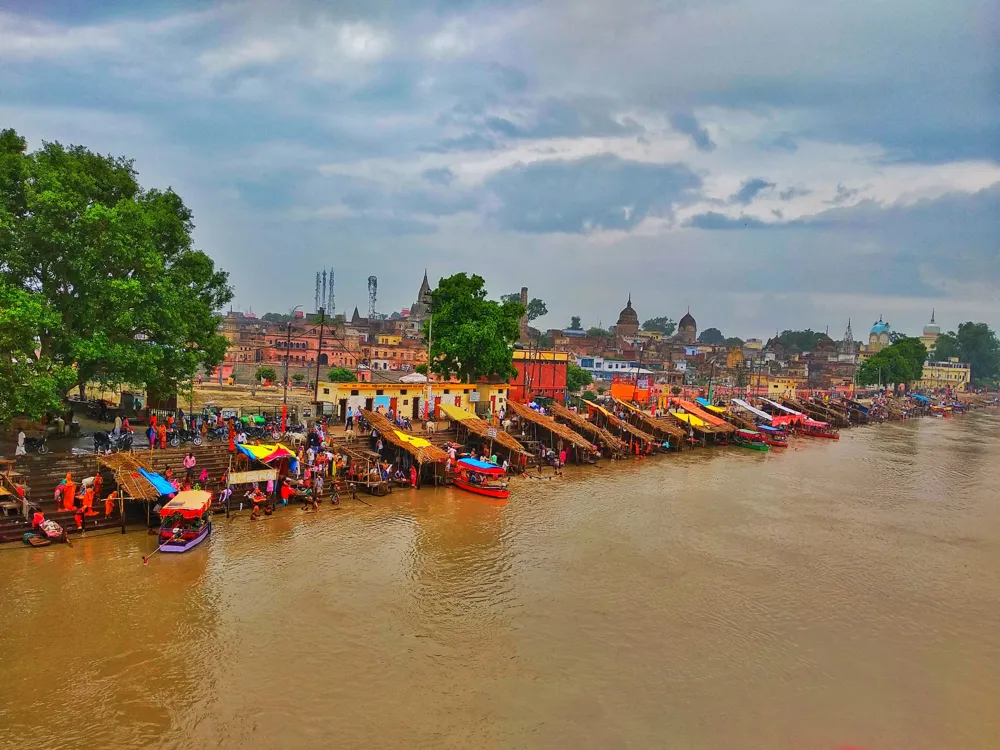
Situated on the north-western side of the Ram Janmanhoomi in Ayodhya's Rajkot, Sita ki Rasoi is believed to be an ancient kitchen used by goddess Sita herself. Built quite close to the Ram Janmabhoomi, this sacred site is now a temple housing some exhibit vessels. One among the two kitchens revered in Sita's name, this Sita Ki Rasoi is a basement kitchen.
The other end of the temple cites the richly clothed and embellished idols of Ram, Lakshman, Bharat and Shatrughan and their wives Sita, Urmila, Mandavi and Srutakirti. Worshipped as the Goddess of Food, Sita is also known as Goddess Annapurna. Thus, the temple follows this tradition by offering free food. Visitors can also donate any amount of money for charity here.
Read More
Treta Ke Thakur
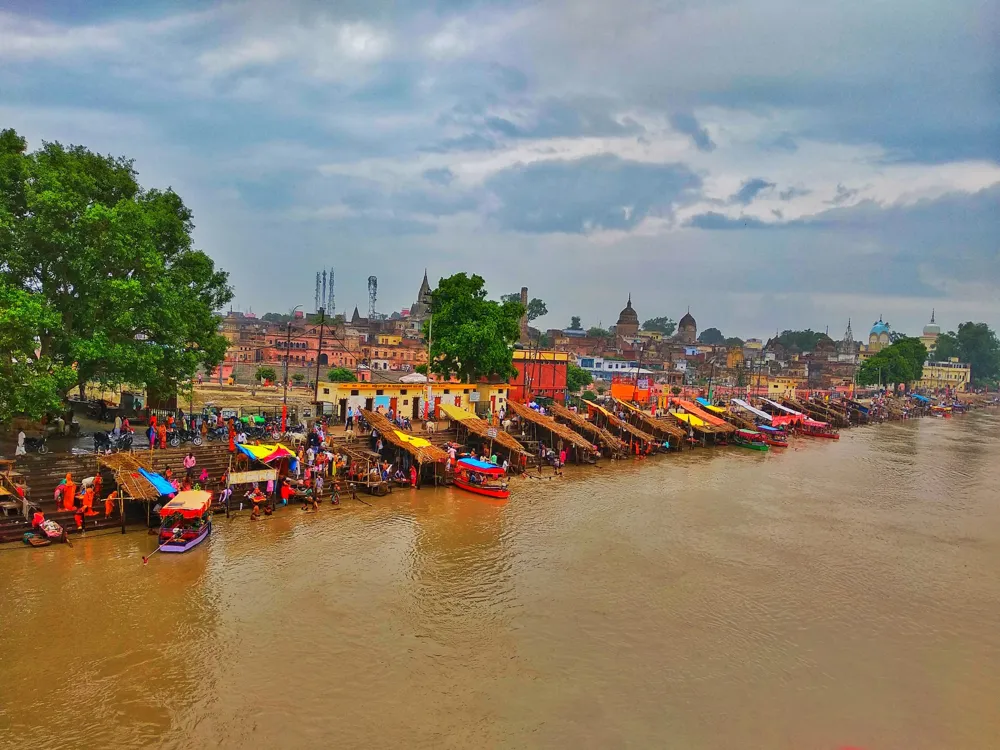
Situated along the Naya Ghat of Ayodhya, the Treta Ke Thakur Temple houses numerous idols including that of Lord Ram, Sita, Lakshman, Hanuman, Bharat and Sugreev. These statues are said to have been sculpted out of a single black sandstone.
Treta Ke Thakur is believed to have been constructed 300 years into the past, by Kullu, the king of the time. It is said that this structure stands on the very same ground of the famous Ashwamedha Yagna performed by Lord Rama. The temple was further revamped in the 1700s by the Maratha queen of the time, Ahilyabai Holkar.It is open to the public only once a year on a day marked as the Ekadashi. This day is observed on the Shukla Paksha's eleventh day during the month of Karthika according to the Hindu calendar. Colourful celebrations alongside preserved traditional customs are carried out on this day.
Read More
Tulsi Smarak Bhawan
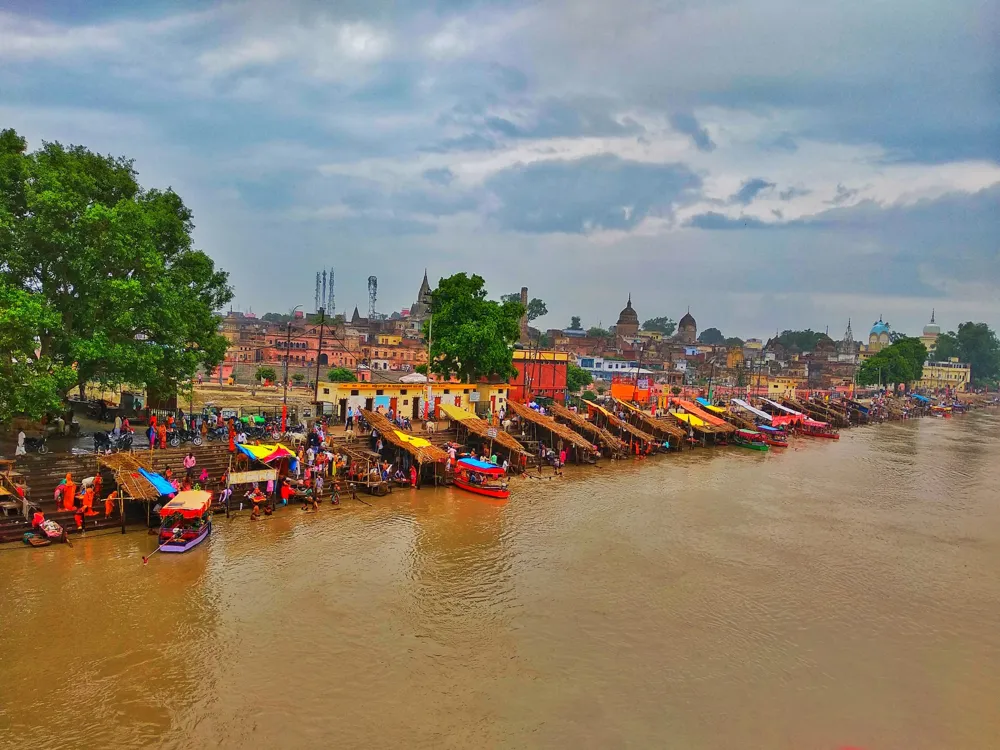
Established in the memory of 16th-century saint-poet Goswami Tulsidas, the Tulsi Smarak Bhawan is believed to have been the place where Tulsidas composed the Ramcharita. Located on the eastern end of the National Highway at Rajgang Crossing in Ayodhya, the Smarak was built in 1969, Sri Vishwanath Das, the Governor of Uttar Pradesh of the time.
In addition to the massive library which is a storehouse of rich literature, the Smarak also houses a research centre called the ‘Ayodhya Research Sansthan’. It is used to study and add signification literary, cultural and spiritual information about Ayodhya. The centre also exhibits Ramayana art and craft and has a daily recitation of Ramkatha.In 1988, the government also added the Ram Katha Sanghralaya, a museum which is a repository is a quality collection of facts, data and antiques related to the life and times of Lord Sri Ram. Besides the regular prayers, devotional songs and sermons, Tulsi Jayanti is celebrated with much pomp and show on every 7th of the Shravan month.
Read More
Ayodhya Travel Packages
View All Travel Packages Ayodhya
Nearby Places Ayodhya
Browse Package Collections
Browse Hotel Collections







